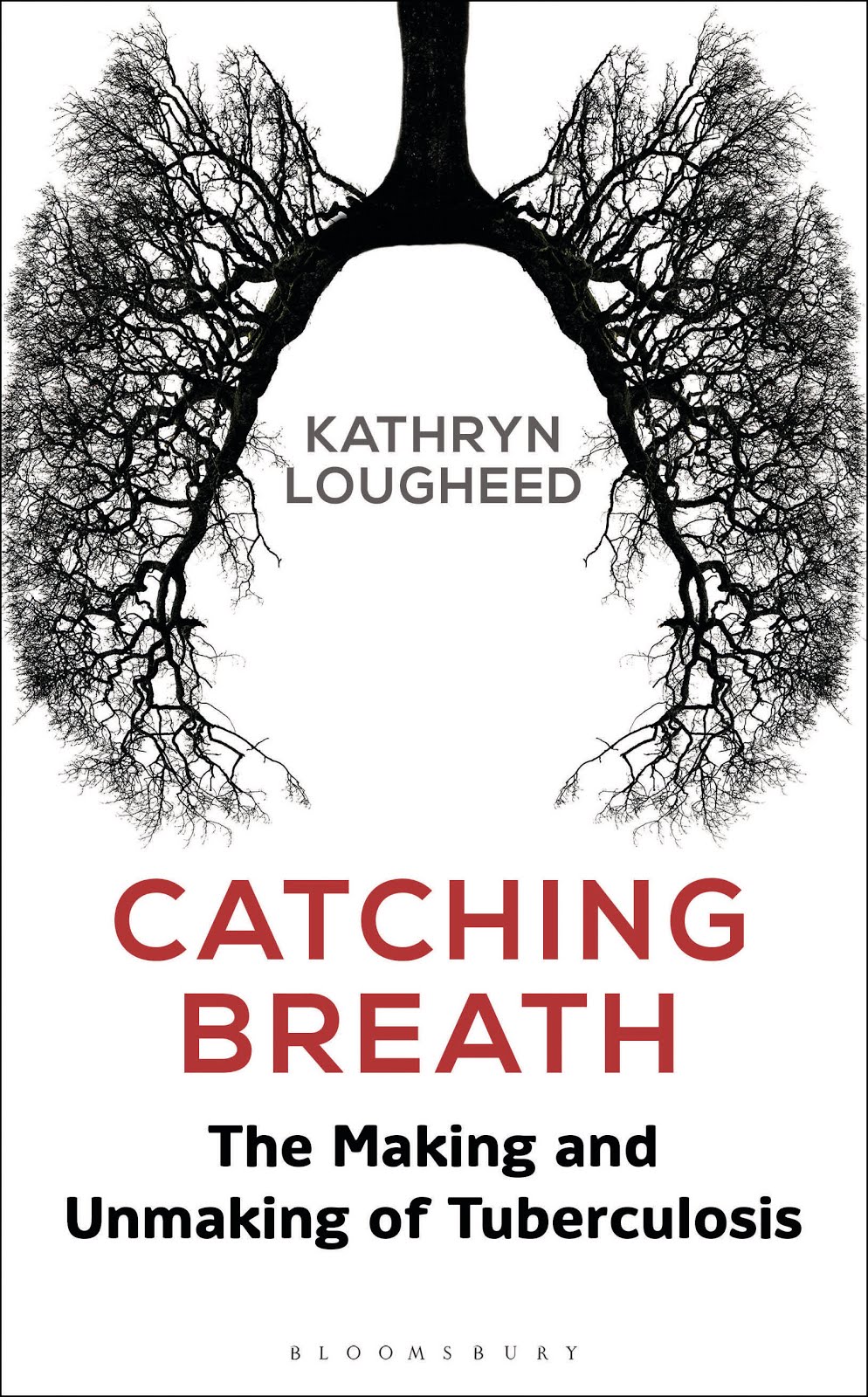Sunday 15 January 2012
Gut Inflammation and Antibiotic Resistance
A Salmonella infection has some very obvious and unpleasant effects on the unfortunate person who failed to wash or cook their food correctly. But it also messes with the bacteria that live in our guts, and that’s not a good thing when it comes to the emergence of new pathogens that can make us extremely sick.
Our guts are home to a huge community of bacteria. In fact, bacteria in our intestines outnumber our own cells ten to one, weighing in at around 2 kg in total. Without our intestinal microflora, our digestive and immune systems would not work very well at all. There's a huge industry centred around taking care of these little guys (and now is probably not the time to dwell on whether those probiotic drinks do us any good at all—I will undoubted come back to that another day). But one thing we can all agree on is that we need our intestinal microbes as much as they need us.
Normally, we co-exist peacefully with the approximately 1012 bacteria per gram that live in our intestines. It’s a thriving community with over a hundred different species, the complement of which is as unique between individuals as our fingerprints. The majority belong to oxygen-hating species that are fairly greedy when it comes to space and nutrients—so much so that they keep less common species including the Enteriobacteria under control.
Enteriobacteria such as E. coli keep to themselves most of the time, but they are capable of making us ill under the right conditions. Luckily for us, their low numbers in our guts stop them from getting together and carrying out a kind of bacterial arms race in which different species trade genes with each other and acquire new weapons such as antibiotic resistance. But this cold war turns hot when a bacterial infection such as Salmonella is thrown into the mix.
A recent paper in PNAS from a lab at ETH Zurich showed that mice infected with Salmonella undergo blooms of native E. coli in their guts due to inflammation caused by the infection. These blooms can result in up to 80% of the bacteria in the gut being E. coli—that puts them at high enough levels to undergo the bacterial equivalent of holding hands and then they start swapping DNA.
In ten E. coli isolates investigated in this study, four were found to contain a plasmid derived from the infecting Salmonella. And when the researchers co-infected sterile mice lacking any gut bacteria with both E. coli and Salmonella, they found that nearly all of the E. coli acquired a plasmid from the Salmonella strain—that’s a level of transfer which no one could have expected.
It was the swapping of DNA between different strains that led to a huge outbreak of E. coli O104:H4 that infected 3,785 people and killed 45 in Germany just last year. In this case, a strain of E. coli acquired the genes required to make a toxin that turned it from being able to cause mild food poisoning to an infection that could kill.
But this new study highlighted another important point. Maintaining a plasmid uses up valuable resources that the cell could use for more important processes. So a population of bacteria in the lab will only maintain a plasmid if it confers some kind of advantage, such as resistance to an antibiotic in the culture. Remove the antibiotic, and the cells eventually ditch the plasmid.
In the gut things are slightly more complicated. In this study, the original Salmonella plasmid (P2) transferred to the E. coli contained a gene called cib. This makes a toxic protein which can kill other bacteria lacking the P2 plasmid. It’s a bacterial mechanism for ensuring their own survival at the expense of any other species that could use up all the nutrients and space. So the high levels of plasmid uptake by the E. coli was down to it needing this cib-containing plasmid in order to survive? Not exactly.
When the researchers did the same experiment with a Salmonella strain containing a modified version of P2 lacking cib, the levels of transfer were still huge. Part of the problem is that transfer between cells is so great that cells don’t get a chance to lose plasmids that give them no advantage. This is important when considering how bacteria acquire resistance to antibiotics. The results of this study suggest that an antibiotic resistance plasmid could be maintained in a population of bacteria even in the absence of the antibiotic.
When thinking about how different pathogens evolve, it is over-simplifying the situation to consider the species as individuals. The evolution of commensal bacteria in our guts are intertwined with the pathogenic species that occasionally infect us. So not only does a bout of Salmonella make us extremely ill, but it can also turn our harmless commensal species into dangerous pathogens.
Image courtesy of A. Canossa, M. Sommer and G. Dantas
Subscribe to:
Post Comments (Atom)













No comments:
Post a Comment